
Electric Bike Laws UK: Stay Legal and Ride Safe
Electric bikes are becoming a popular way to get around in the UK. But to ride safely and legally, it’s important to know the rules.
With more people choosing electric bikes these days, it’s worth understanding the key rules — like speed limits, power restrictions, and where you’re allowed to ride. This guide will take you through the main points of electric bike laws in the UK, so you can enjoy your ride and stay on the right side of the rules.
Looking for the perfect ride? Check out our range of electric bikes for all your commuting needs.
Overview Of Electric Bike Laws In The UK

Electric bikes must meet specific legal requirements to be used on UK roads without a licence. The law defines these bikes as Electrically Assisted Pedal Cycles (EAPCs) with strict power and speed limits.
Definition Of An Electric Bike (E-bike)
Under UK law, an electric bike is officially called an Electrically Assisted Pedal Cycle (EAPC). This legal term defines the specific type of e-bike you can ride without a licence or registration.
An EAPC must have pedals that can propel it. The electric motor only provides assistance when you pedal.
Key characteristics of a legal EAPC:
- Maximum motor power of 250 watts
- Motor assistance cuts off at 15.5 mph (25 km/h)
- Must have functioning pedals
- Motor only works when pedalling
E-bikes that exceed these limits are classified as motor vehicles. You would need a licence, insurance, and registration for these bikes.
The motor can be in the front wheel, rear wheel, or centrally mounted. All positions are legal as long as the power stays within 250 watts.
Key Legal Requirements For E-bikes
Your e-bike must display specific information to be road legal. The manufacturer must mark the motor's power output and maximum speed on the bike.
Required markings include:
- Motor power in watts
- Maximum assisted speed
- Manufacturer's name or trademark
- Serial number or batch number
- You must be at least 14 years old to ride an EAPC on public roads. No licence, insurance, or helmet is required by law.
E-bikes with throttle controls are subject to different rules. These bikes can only provide power up to 3.7 mph (6 km/h) without pedalling.
Local authorities can ban e-bikes from certain areas. Some city centres restrict their use due to safety concerns.
Your e-bike must meet standard bicycle safety requirements. This includes working brakes, lights when riding in dark conditions, and a bell or horn.
Speed And Power Limits
UK law sets clear rules for electric bike power and speed to keep them legal for road use. Your e-bike must meet specific limits to qualify as an electrically assisted pedal cycle (EAPC).
Maximum Motor Power Allowed
Your electric bike's motor cannot exceed 250 watts of continuous power output. This limit applies to all legal e-bikes in the UK.
The 250-watt rule covers the motor's sustained power rating. Peak power can be higher for short bursts, but the continuous output must stay at 250 watts or below.
Your bike must be a pedelec system. This means the motor only helps when you pedal.
The motor cannot work without your pedalling effort. If your motor exceeds 250 watts, your bike becomes a motor vehicle.
You would need:
- Registration with DVLA
- Insurance
- Driving licence
- Number plate
- MOT certificate
Speed Restrictions For E-bikes
The motor assistance must stop at 15.5 mph (25 km/h). This is the legal speed limit for electric assistance on UK roads.
Your bike can go faster than 15.5 mph through pedalling alone. Road speed limits don't apply to bicycles, so you can pedal as fast as you want once the motor cuts out.
If your motor helps above 15.5 mph, your bike becomes a motor vehicle. You would need all the same legal requirements as a motorbike or moped.
Explore powerful and versatile Class 2 electric bikes that meet UK legal requirements. Find yours today for a smooth ride.
Age And Licensing Rules
In the UK, you must be at least 14 years old to ride an electric bike legally. No driving licence or insurance is required for standard electric bikes that meet EAPC regulations.
Minimum Age To Ride An E-bike
You must be 14 years or older to ride an electric bike on UK roads. This age limit applies to all electrically assisted pedal cycles (EAPCs).
The law sets this minimum age for safety reasons. Younger riders may not have the skills needed to handle e-bikes safely in traffic.
There are no exceptions to this rule. You cannot ride an e-bike on public roads, cycle paths, or bridleways if you are under 14.
Parents should supervise children learning to ride e-bikes on private property. Once they turn 14, they can ride legally on public roads.
The age limit is the same across England, Scotland, Wales, and Northern Ireland. Local councils cannot change this requirement.
Licensing And Insurance Requirements
You do not need a driving licence to ride a standard e-bike in the UK. This applies to all EAPCs that meet the legal power and speed limits.
No insurance is required by law for e-bike riders. However, you may want to consider getting cycle insurance for theft and damage protection.
You don't need to register your e-bike with the DVLA. There are no number plates or registration documents required.
Important exceptions exist:
- Speed pedelecs (up to 28mph) need registration and insurance
- Twist-and-go e-bikes over 250W require a moped licence
- Modified e-bikes exceeding legal limits need motor vehicle registration
Where You Can Ride Your Electric Bike

Electric bikes that meet EAPC rules can be ridden on roads and cycle paths where regular bicycles are allowed. However, you cannot legally ride on pavements or most off-road areas.
Public Roads And Cycle Paths
You can ride your electric bike on all public roads where bicycles are permitted. This includes A-roads, B-roads, and local streets throughout the UK.
Cycle paths and cycle lanes are also available for electric bike use. These include dedicated cycle routes, shared-use paths, and painted cycle lanes on roads.
You have the same rights as traditional cyclists when using these spaces. This means following the same traffic rules and highway code requirements.
Canal towpaths managed by the Canal & River Trust allow electric bikes with the proper permits. You'll need to check local restrictions as some areas have specific rules about motorised vehicles.
Bridleways and byways marked for cycling access welcome electric bikes. Look for blue bridleway signs that show cycling symbols.
National cycle networks like the National Cycle Network routes are open to electric bikes. These cover thousands of miles across England, Scotland, and Wales.
Restrictions On Pavements And Off-road Areas
Pavements are strictly off-limits for electric bike riding. This rule applies to all footpaths and pedestrian areas in towns and cities.
Police can issue £50 fixed penalty notices for pavement cycling. Some areas may have higher fines through local council bylaws.
Most footpaths in the countryside prohibit electric bikes. These paths are marked with yellow waymarker signs and are for pedestrians only.
Private land requires landowner permission before riding. This includes farms, estates, and privately owned woodland areas.
Some parks and recreation areas ban electric bikes completely. Always check local signage and park rules before entering with your e-bike.
Beach access varies by location. Many coastal areas restrict motorised vehicles, which can include electric bikes depending on local interpretation.
Need something compact? Our folding e-bikes are ideal for easy storage and city travel.
Conclusion: Electric Bike Laws in the UK
Staying informed about electric bike laws in the UK ensures you can enjoy your ride safely and without any legal issues. Remember to check your e-bike’s power and speed limits, follow age and licensing rules, and stick to the proper places for riding. By following these guidelines, you’ll be able to make the most of your electric bike while staying on the right side of the law.
Want to learn more about different e-bike options? Check out our detailed Guide to Electric Bike Types to find the perfect ride for you.
Frequently Asked Questions: Electric Bike Laws UK
Are 750W electric bikes legal in the UK?
No, 750W electric bikes are not legal on UK roads. The maximum allowed power is 250W. Bikes over this limit need insurance, registration, and a licence.
Can you ride an electric bike on the pavement in the UK?
No, riding e-bikes on pavements is illegal in the UK. You risk a £30 fine if caught. Use roads or cycle lanes instead, except when crossing a pavement.
Do I need a licence for an electric bike in the UK?
No licence is needed if your e-bike meets legal specs. It must be under 250W and assist up to 15.5mph. You also need to be at least 14 years old.
Are 1000W electric bikes legal in the UK?
No, 1000W e-bikes are not road legal in the UK. They exceed the 250W limit and are classed as motor vehicles. You need a licence, insurance, and registration or can only use them on private land.
The Latest Posts
Explore isinwheel products
City E Scooter | Off-Road Scooter
Fastest Scooter | Kids Scooters
electric bike laws UK ·




















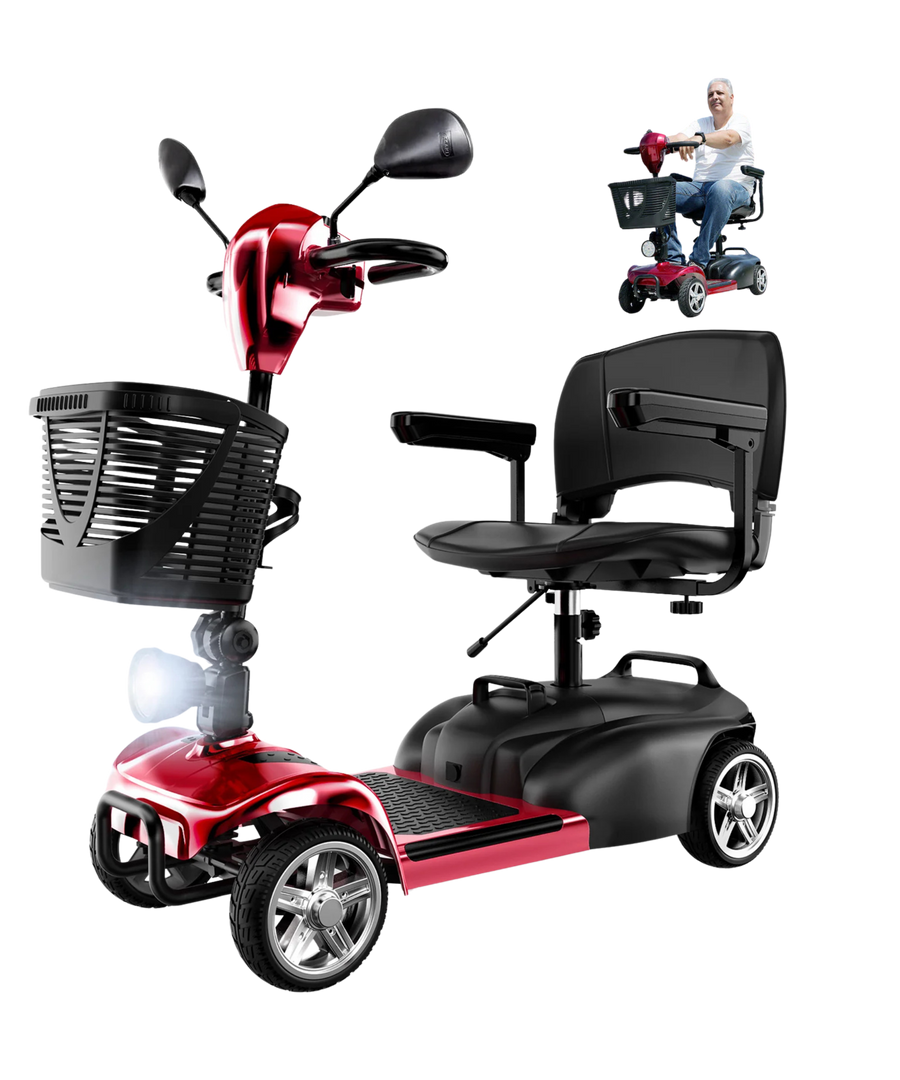





























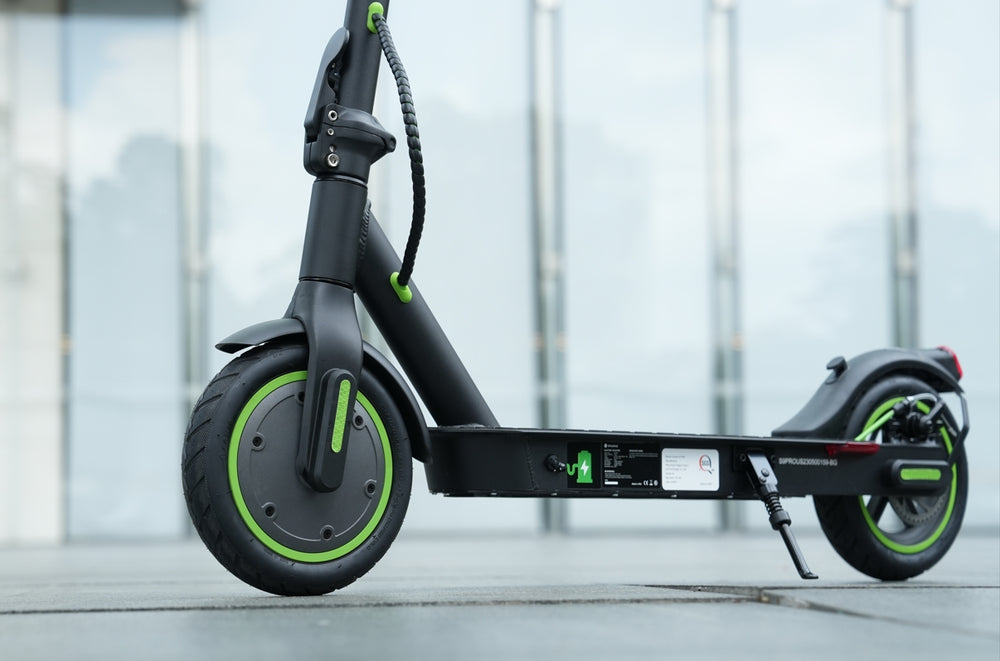
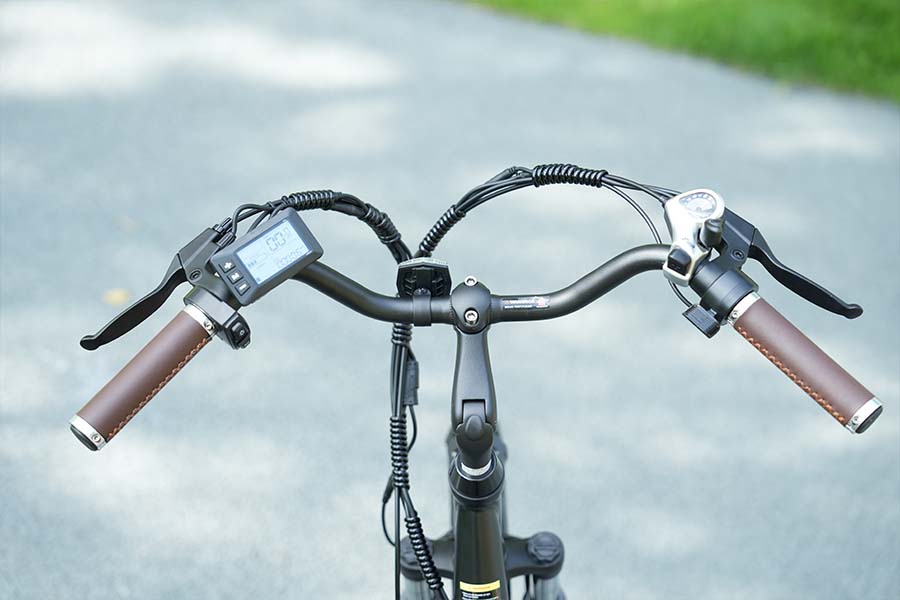

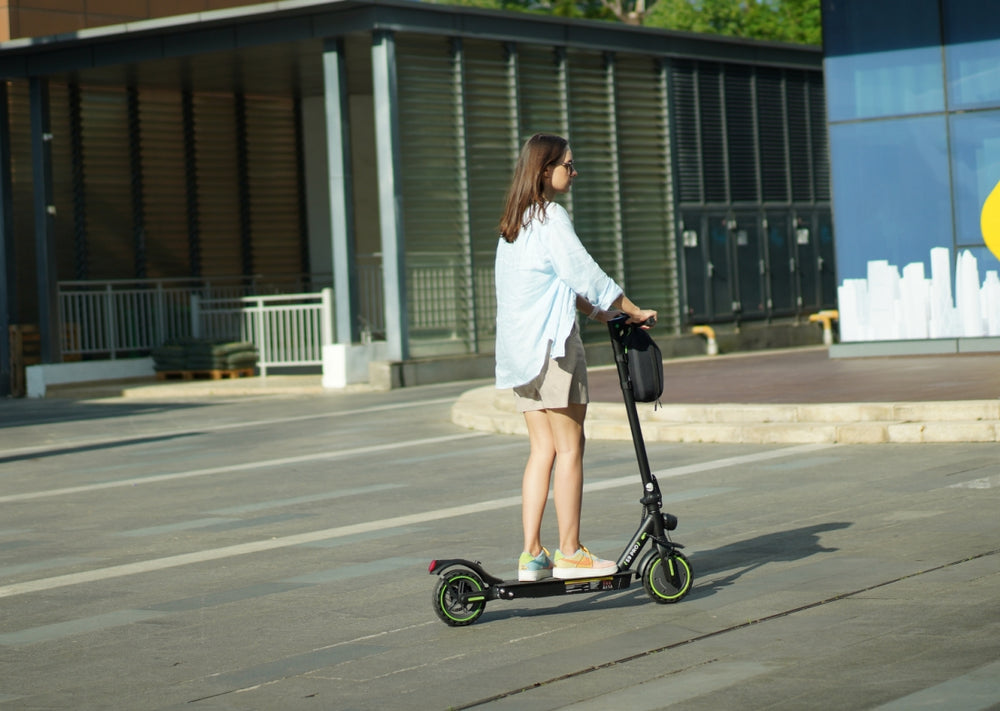
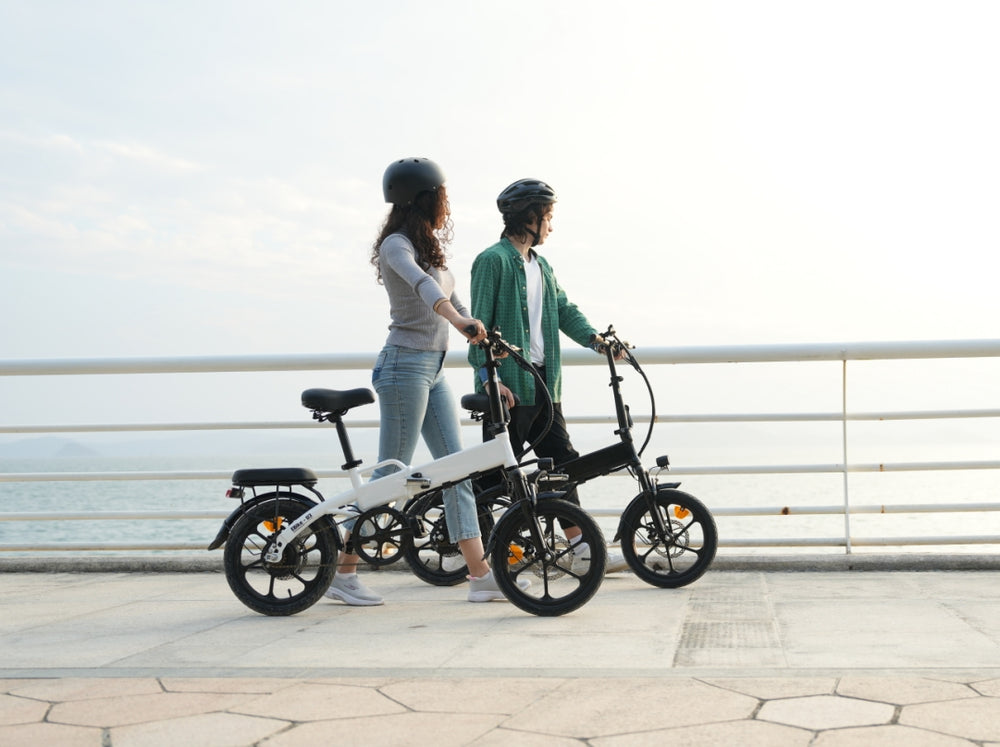

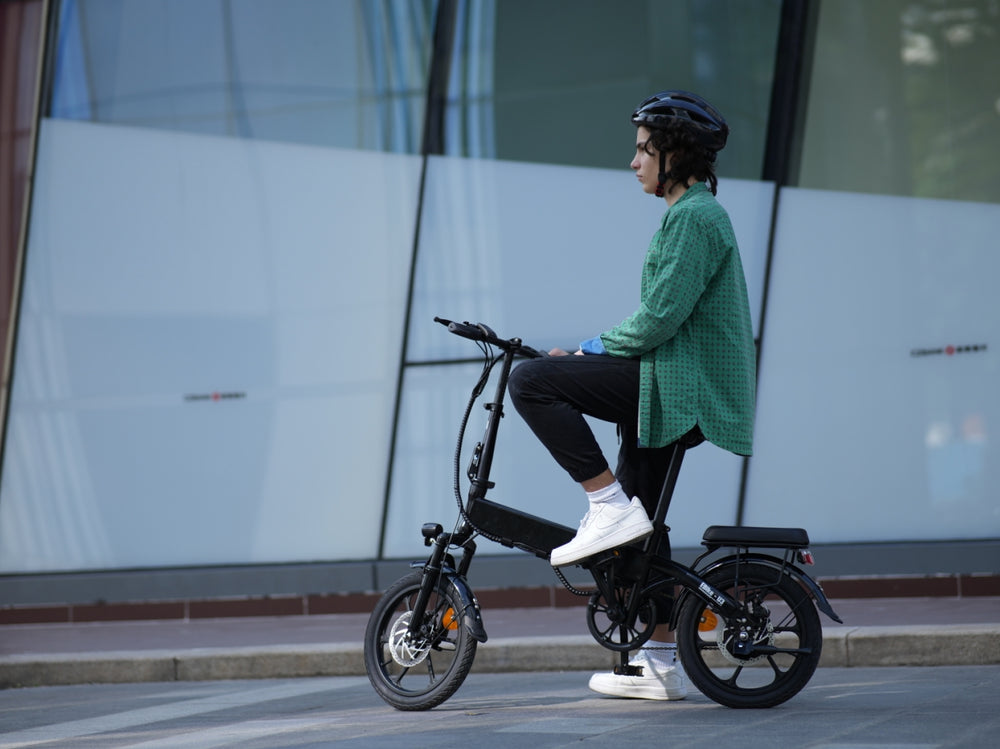
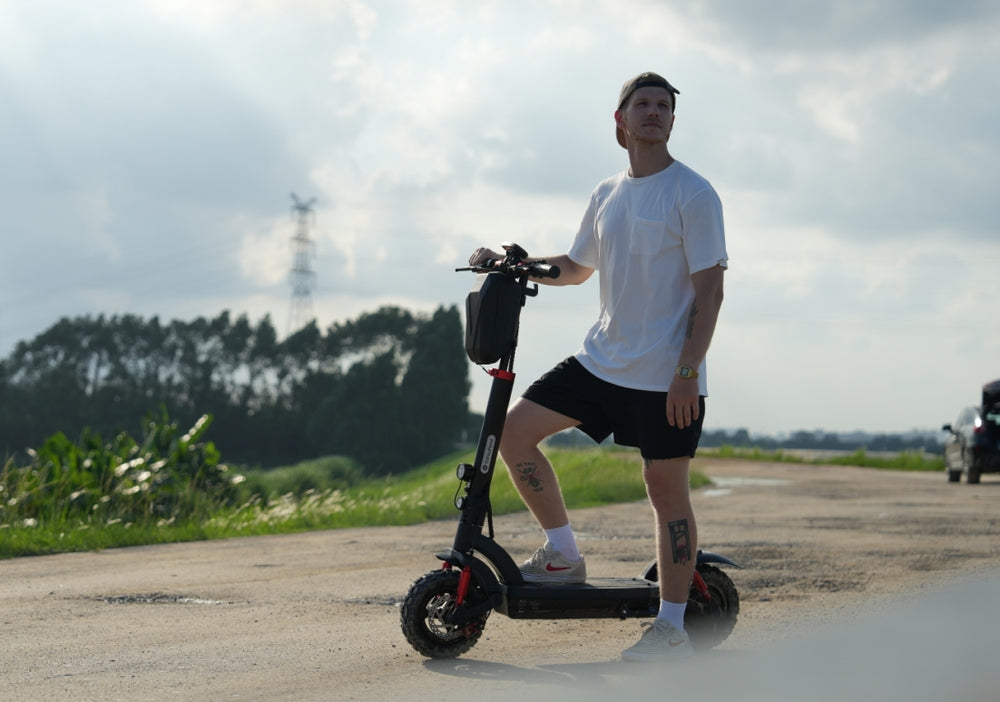

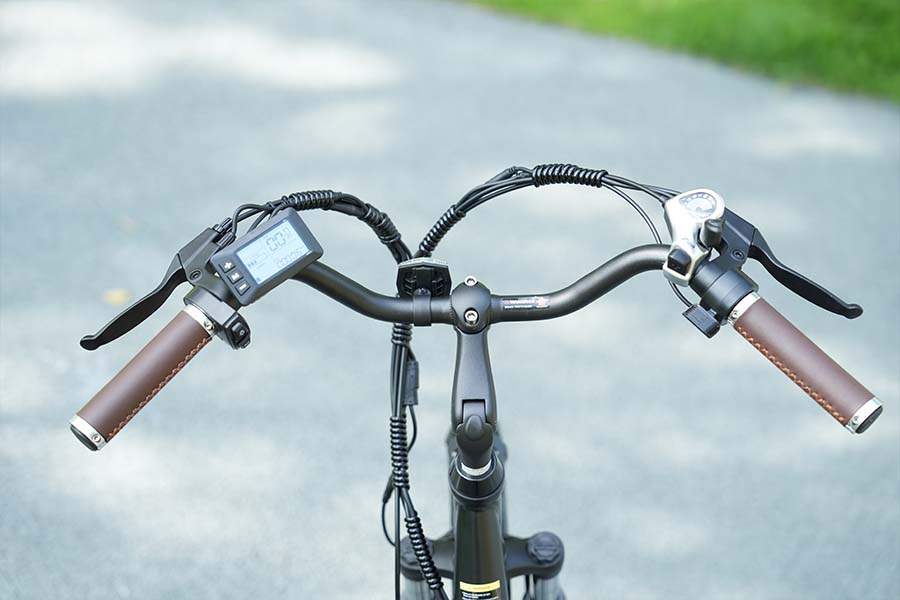










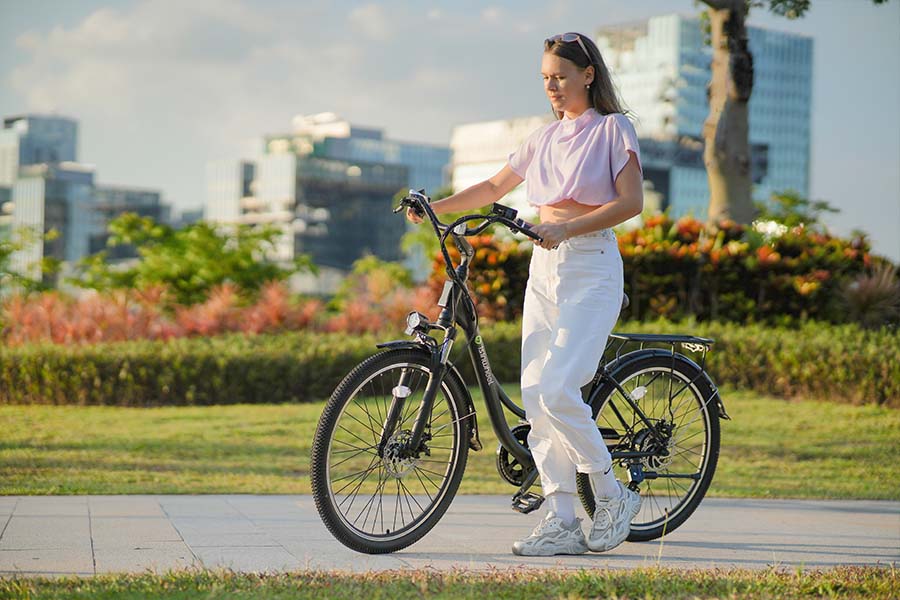
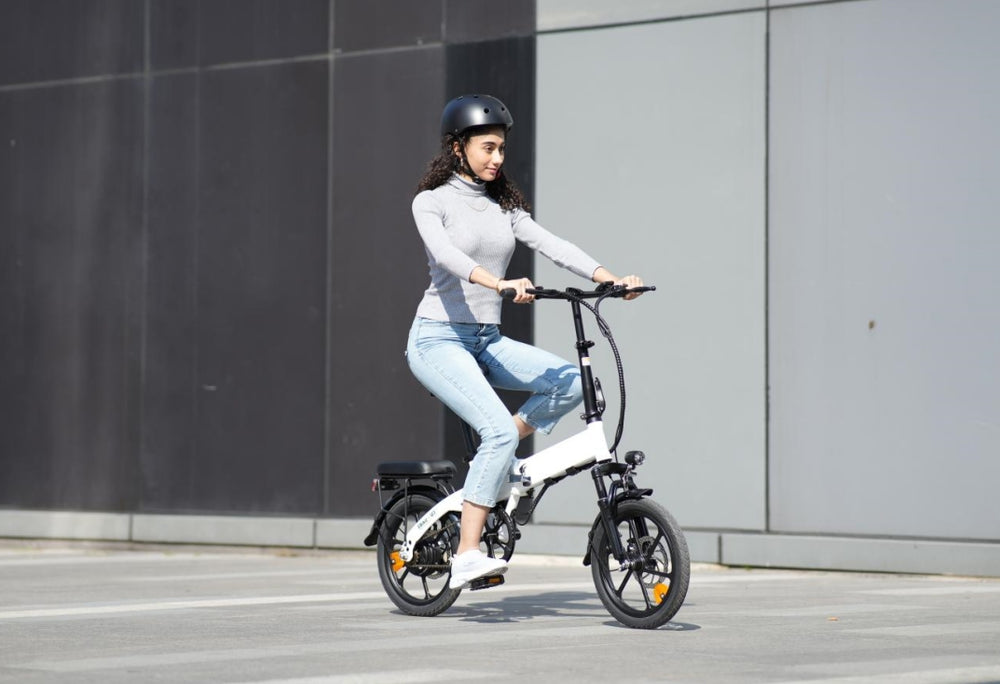







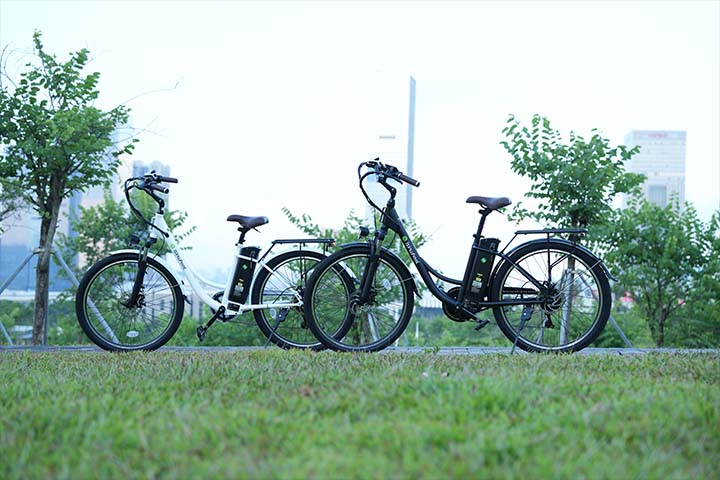

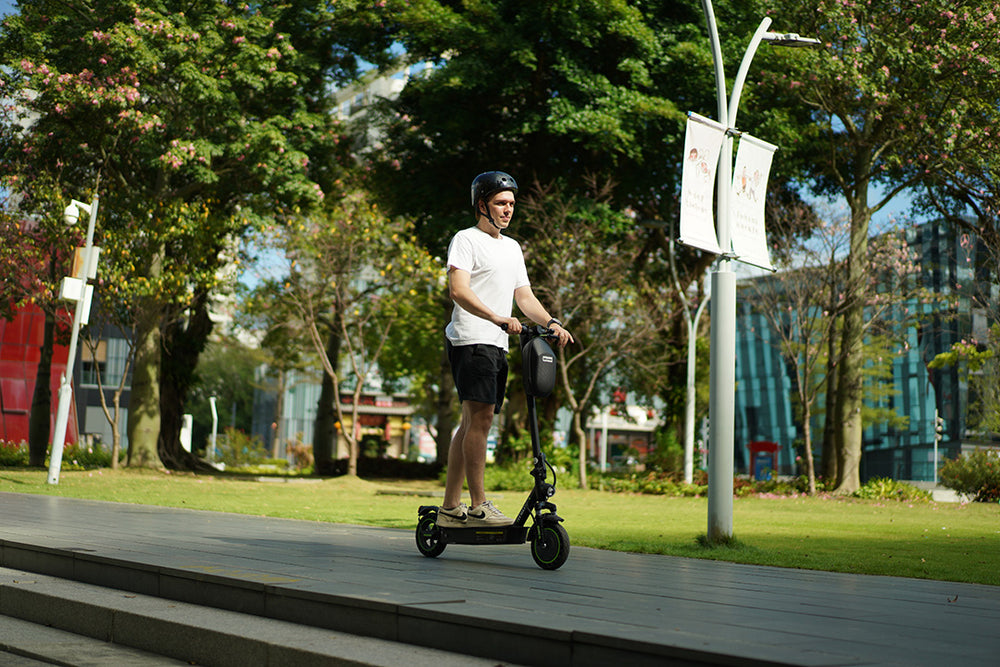

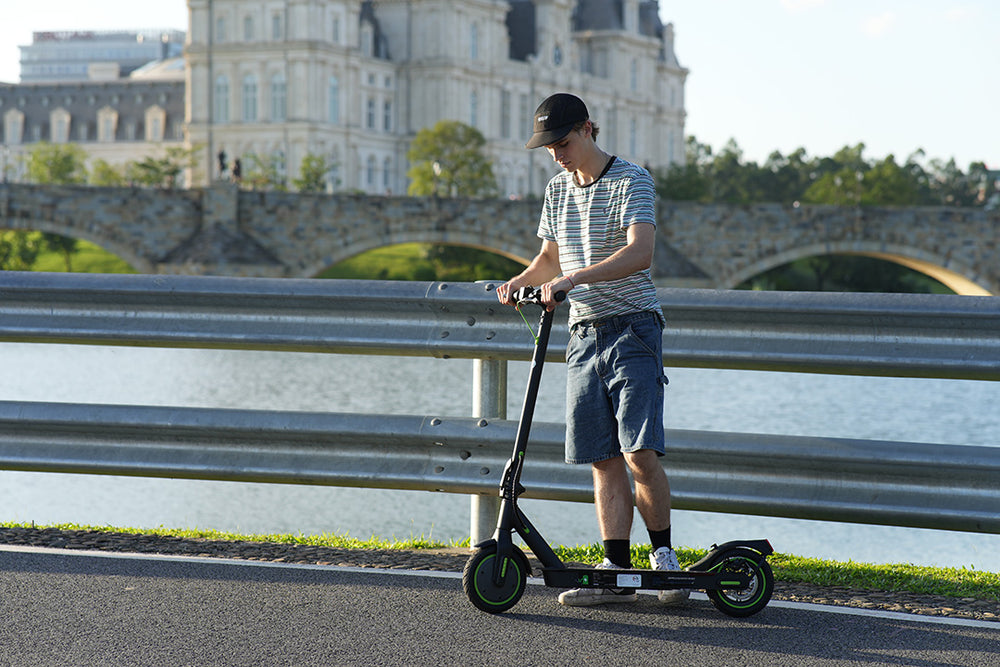
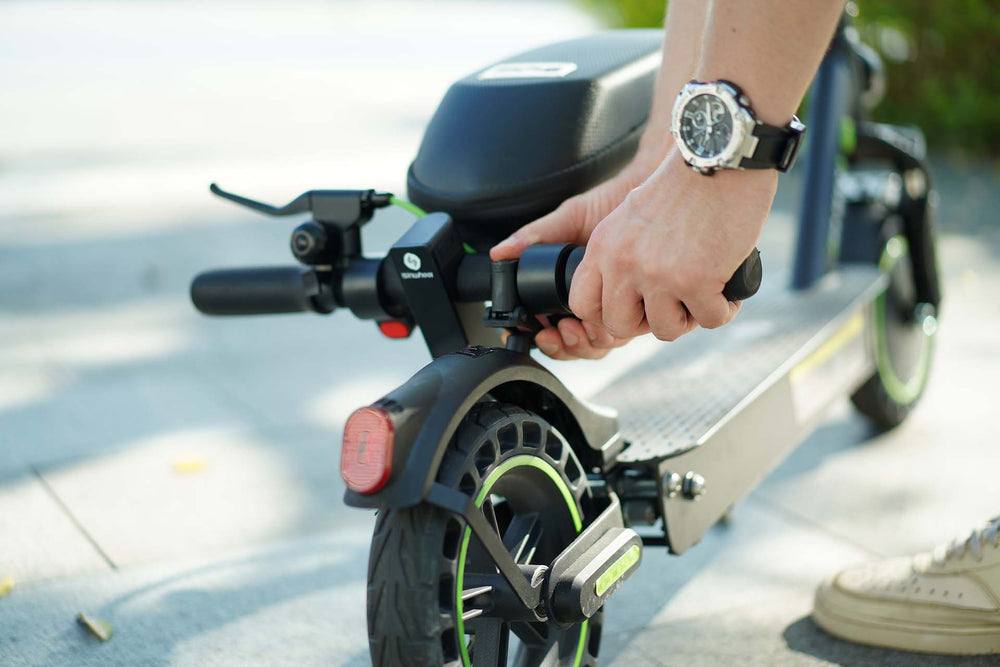





Leave a comment